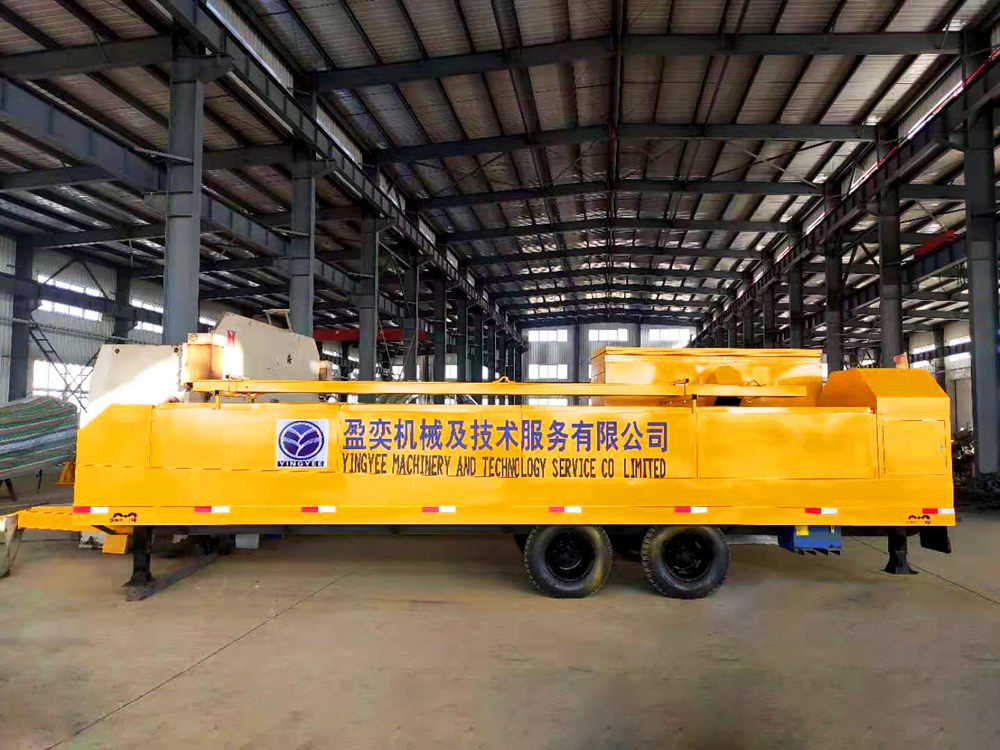
A Comprehensive Overview of AASHTO Guardrail Cold Bending Machines
Guardrails are essential safety features on highways and roads, designed to prevent vehicles from leaving the roadway and to minimize the impact during accidents. The American Association of State Highway and Transportation Officials (AASHTO) establishes widely recognized guidelines for guardrail design and installation. One important aspect of guardrail fabrication is the bending process, which can significantly influence the performance and durability of the final product. Among the technologies used in this process, the cold bending machine stands out for its effectiveness and efficiency.
What is a Cold Bending Machine?
A cold bending machine is a piece of equipment used in the metal forming industry. Unlike hot bending, which involves heating the metal to achieve desired shapes, cold bending relies on the malleability of the material at room temperature. This technique offers several benefits, including the preservation of material integrity, improved surface finish, and the avoidance of metallurgical changes that can occur with heat treatment. Specifically for guardrail production, cold bending machines are employed to shape steel rails into the required profiles, ensuring that they meet AASHTO specifications for safety and structural integrity.
Significance in Guardrail Production
The cold bending process is crucial for producing guardrails that are both functional and durable. Guardrails must be capable of withstanding severe impact forces while maintaining their structural integrity over time. The AASHTO standards set specific criteria for guardrail performance, including energy absorption and deflection limits. A cold bending machine allows manufacturers to accurately create bends that adhere to these specifications, ensuring that the guardrails perform effectively in real-world conditions.
Types of Cold Bending Machines
There are various types of cold bending machines utilized in the manufacturing of guardrails, each with specific features that make them suitable for different types of bending operations. Common types include
1. Press Brake Machines These are versatile machines that can perform various bending operations by applying force through a punching mechanism. They are ideal for creating precise angles and shapes in guardrail production.

2. Roll Bending Machines These machines are designed to produce circular or arc-shaped bends. They are particularly beneficial when creating smooth curves in guardrail designs, which help to eliminate sharp edges that could pose risks during vehicle impact.
3. Tube Benders Specifically designed for bending hollow sections, tube benders can be advantageous for creating guardrails with integrated designs that enhance crashworthiness.
Advantages of Cold Bending
The cold bending process offers several advantages over traditional methods
- Material Integrity Cold bending maintains the mechanical properties of steel rails, ensuring they can absorb impact effectively without suffering from the weaknesses that can arise from heating.
- Cost-Effectiveness Cold bending machines are generally less energy-intensive than their hot bending counterparts, leading to lower production costs. Moreover, the reduction in material waste during the bending process results in economic savings.
- Lower Maintenance Given that cold-formed products typically exhibit fewer defects, companies can reduce maintenance and quality control costs over time.
Conclusion
In summary, AASHTO guardrail cold bending machines play a vital role in the efficient and safe manufacturing of guardrails. As a crucial component of highway safety infrastructure, guardrails must meet rigorous AASHTO standards, demanding precision in both design and production processes. The cold bending technique offers numerous benefits, including enhanced material integrity, cost savings, and the ability to produce customized guardrail designs that meet specific safety needs. As technology continues to advance, cold bending machines will likely become even more sophisticated, further improving the production of reliable and effective guardrails for roadways across the nation. Investing in this technology not only enhances safety but also supports the overall infrastructure quality, ensuring that roads and highways can better serve the needs of all users.